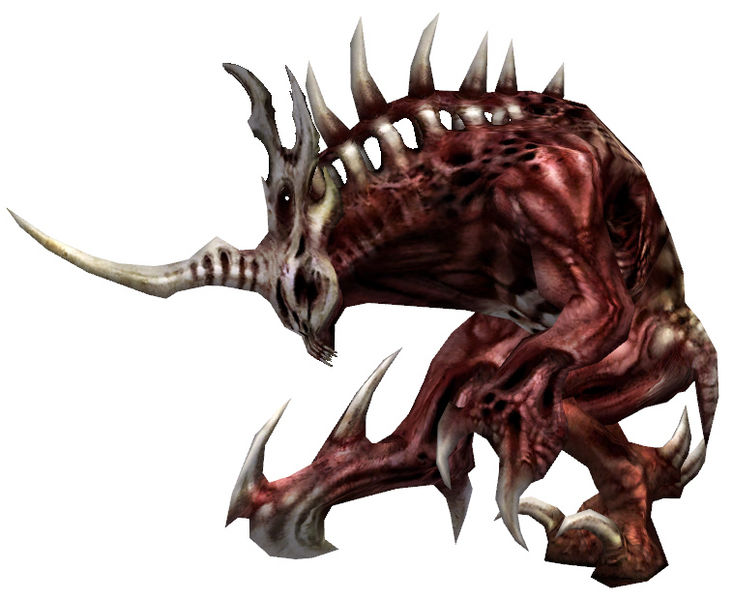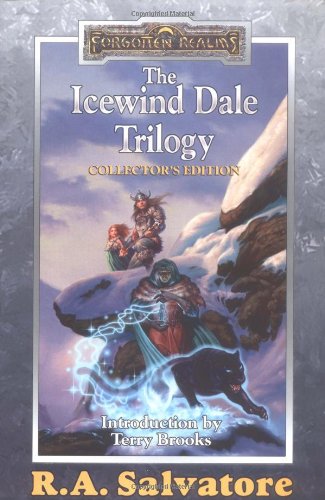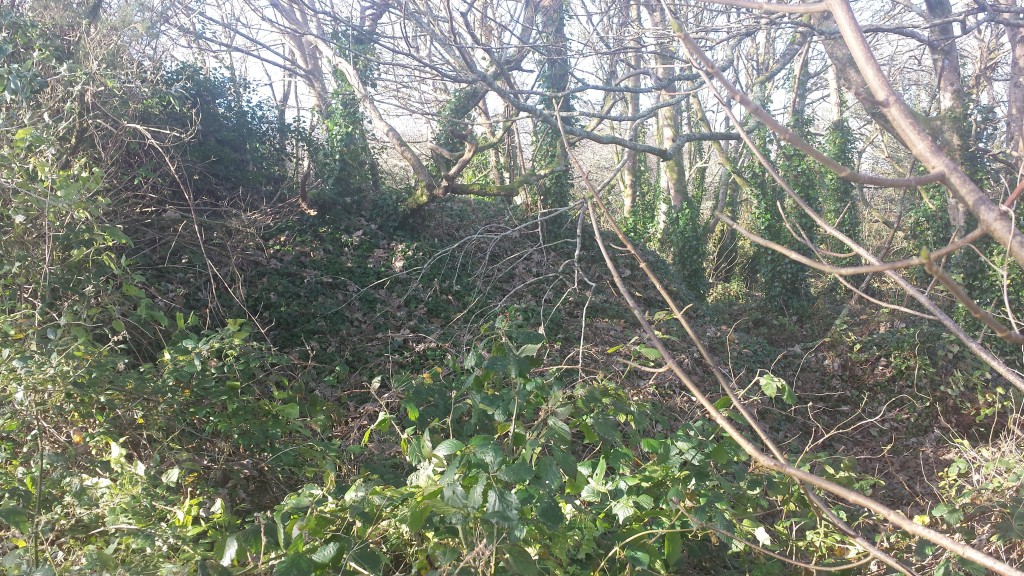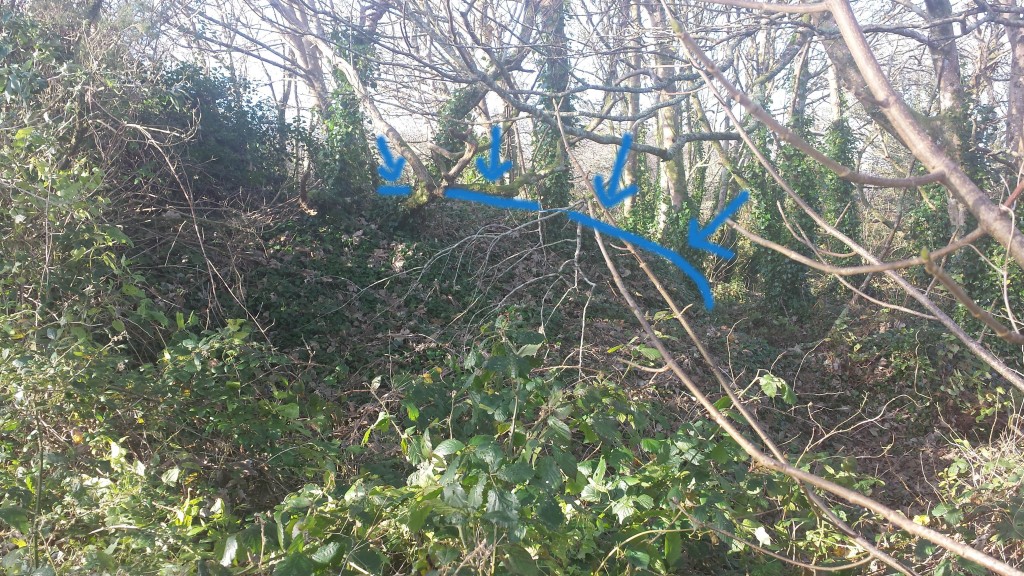The spell casters from two out of the three realms of magic, essence and channeling, have relatively simple to learn ways of storing power in inanimate objects. There is a fourth ‘realm’ known as Arcane that can be utilsed by any realm that also has this ability if and only if as a GM you choose to use this option from Rolemaster Companion One. As a rule and for the purposes of this post I am going to assume you are only using the four core books (Character Law, Spell Law, Arms Law and Creatures & Treasures) and therefore mentalists do not have this ability.
Anyone who has played a magic user of any description in almost any level based roleplaying game has been through the trauma of being first level and having barely a single squirt of magic to use per day. Things do not improve much at second level with maybe two sqirts and at third level three or four squirts. Rolemaster is less restrictive because it is a power point based system. In my game most spell users have typically two or three power points per level because I use an optional rule that bases power points on the total stat bonus a character has in the controling stat rather than the basic stat itself. This makes elves a more magical race and more inclined to manipulate mentalism and essence and it makes trolls less likely to be spell casters. The maximum number of power points for a player character is going to be 4 per level and the minimum is zero.
First level spells normally require one power point, second level two points and so on until you reach 50th level spells that take 50 power points.
That should be simple enough. So your first level spell caster will probably have two or thress spell lists and would be able to cast two of three of the first level spells on those list.
So now to storing magic…
I want to deal with Channeling users first. The realm of channeling has a closed list called Symbolic Ways. What that means is that pure channeling spell casters can learn this list as can hybrid spell casters but the semi spell casters such as rangers cannot nor can non spell casting classes. The first instance of spell storing on this list occurs at 4th level (in the RMC spell law) and allows a 2000lb stone or slab to be incribed with a single symbol. That symbol can be any first level spell. The symbol creator can then set a criteria that will trigger the spell and that spell can be triggered once per day.
In my Fearun most towns and villages do not have a temple to every god. Instead what you get is on the outskirts of these places are shrines to gods that are important to the people. You will find shrines to Chauntea commonly in rural areas, Mielikki on the edges of woods and forests and so on. So under Rolemasters rules any 4th level channeller who has chosen the symbolic way list of spells can create a semi permenant magical standing stone. This is not going to be of earth shattering power. At that level only a symbol of a first level spell can be enscribed but it is a start. As the character levels up then more powerful spells can be enscribed. At 7th level a second level spell can be enscribed, at 9th a 3rd level at 11th a 5th level, you get the picture.
Creating the symbol involves casting the required symbol spell and then the spell the be enscribed within the rounds (30 seconds). This is not particularly onerous and if we take the example of a resident priest demanding a penance from a sinner of assisting with raising a standing stone is a perfectly reasonable thing to ask. Villagers may not have a lot of money to give to the church but a days labour is always an option. Over time then the countryside around this village becomes dotted with standing stones, caves where villagers can hide from bandits can also become dedicated by the priest.
What a manifestation of power it is to have a stone in the centre of your village that anyone who prays to it is cured of disease.
You can have stones that heal, create food and drink, raise the dead or even summon demons to defend the church.
As a player character you are not going to carry one of these things into battle but if the party set up camp in a cave or outcropping of stone then you can certainly use that to your advantage, especically if you then fell in battle. The possibilities are really down to the lists of spells you have, the access to stones and your imagination.
And so to essence….
I dealt with channeling because stones are to some extent fairly common, you could throw a stick and have a fair chance of hitting one. The Essence version of spell storing requires something a little less common. In D&D when you read a scroll then *poof* the scroll is gone, dead, deceased, it is no more. Rolemaster is different. Firstly scrolls are pretty much exclusively called Runes and secondly the paper survives and can be reused.
The spell list for creating the rune on the paper is called Rune Mastery and is an open list. This means that any essence spell caster can learn it and even non spell casting professions like your fighters, thieves and barbarians can attempt this if they choose the realm of essence.
Rune Mastery do not allow you to create the paper, only to scribe your own spell on to it. As with channeling the higher level you are the higher the level of spell you can store. at 3rd level you can store a 1st, at 6th a 2nd, 8th a 3rd, 10th a 4th, 12 a 5th and so on. So an Essence user can start doing this sooner than a channeling and rune paper is more portable. The down side is that rune paper is less common than big rocks, slightly more flamable and liable to water damage.
Not all rune paper is equal. When it is created it is given a maximum level of spell that it can hold. This is determined by the power of the alchemist that creates it. A master alchemist is capable of far greater things than an apprentice. Alchemists are a fully developed profession in Rolemaster Classic and they have their own spell lists for creating all sorts of magical items including rume paper, potions and enchanted objects. Rume paper features on the standard equipment and suplies price list in Character Law but it would be down to the individual GM to decide on the actual cost and availability.
Having a stock of rune paper available does mean that you can extend the essence spell casters ‘operational range’ significantly, especially when on a mission the party can prepare for. In a recent game all the magic required to get the party into an enemy stronghold (flight, invisibilty, silence and sleep spells) all came from runes meaning that I had my full set of power points available when our stealth finally failed us and the alarm was raised.
Ten sheets of rune paper in the hands of just a 3rd level essence spell caster adds a potential ten more first level spells. Considering that that spell caster may have only six power points of their own that is nearly a tripling of their available magic and leaves those six points free for their more powerful spells.
In play I have found that the hybrid and pure spell users gain the most from runes. These are the ones most dependent on their magic and extending the amount of magic available gives both the player and the character greater flexibility.
As a GMing tip I would say if you are new to Rolemaster then I would not allow the party to buy rune paper. Let them find runes as part of their treasure they find and reuse the paper. That means that they have earned every sheet. The party has to reach 3rd level any way before they can use it so there is enough time to trickle a few sheets into the game and see how it effects the balance of play before you decide how much more to allow. Rune paper is easily removed from a game as well at the hands of a fireball.







 When you are converting the significant NPCs from the Forgotten Realms source materials then as a rule of thumb you should multiply all levels by about 1.5 so that a 12th level fighter in the D&D rules such as Helm Dwarf-friend, Master of Sundabar would be an 18th level warrior in Rolemaster. For a more powerful game you would make the NPCs higher level but as a rule x1.5 works pretty well.
When you are converting the significant NPCs from the Forgotten Realms source materials then as a rule of thumb you should multiply all levels by about 1.5 so that a 12th level fighter in the D&D rules such as Helm Dwarf-friend, Master of Sundabar would be an 18th level warrior in Rolemaster. For a more powerful game you would make the NPCs higher level but as a rule x1.5 works pretty well.
